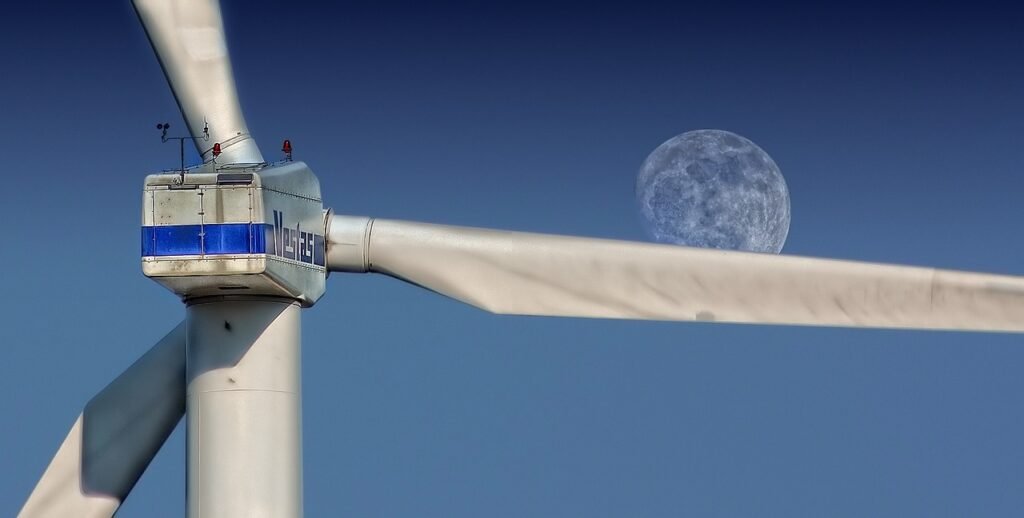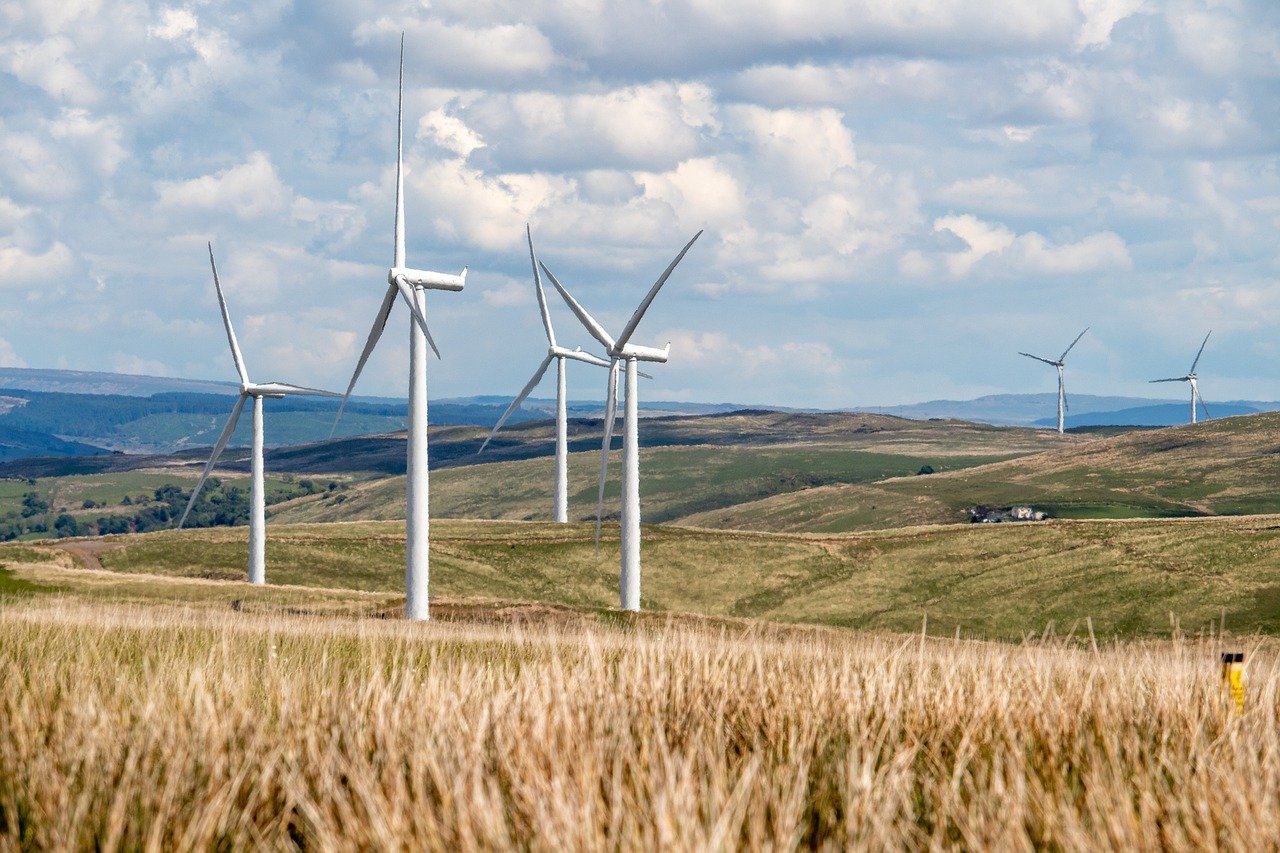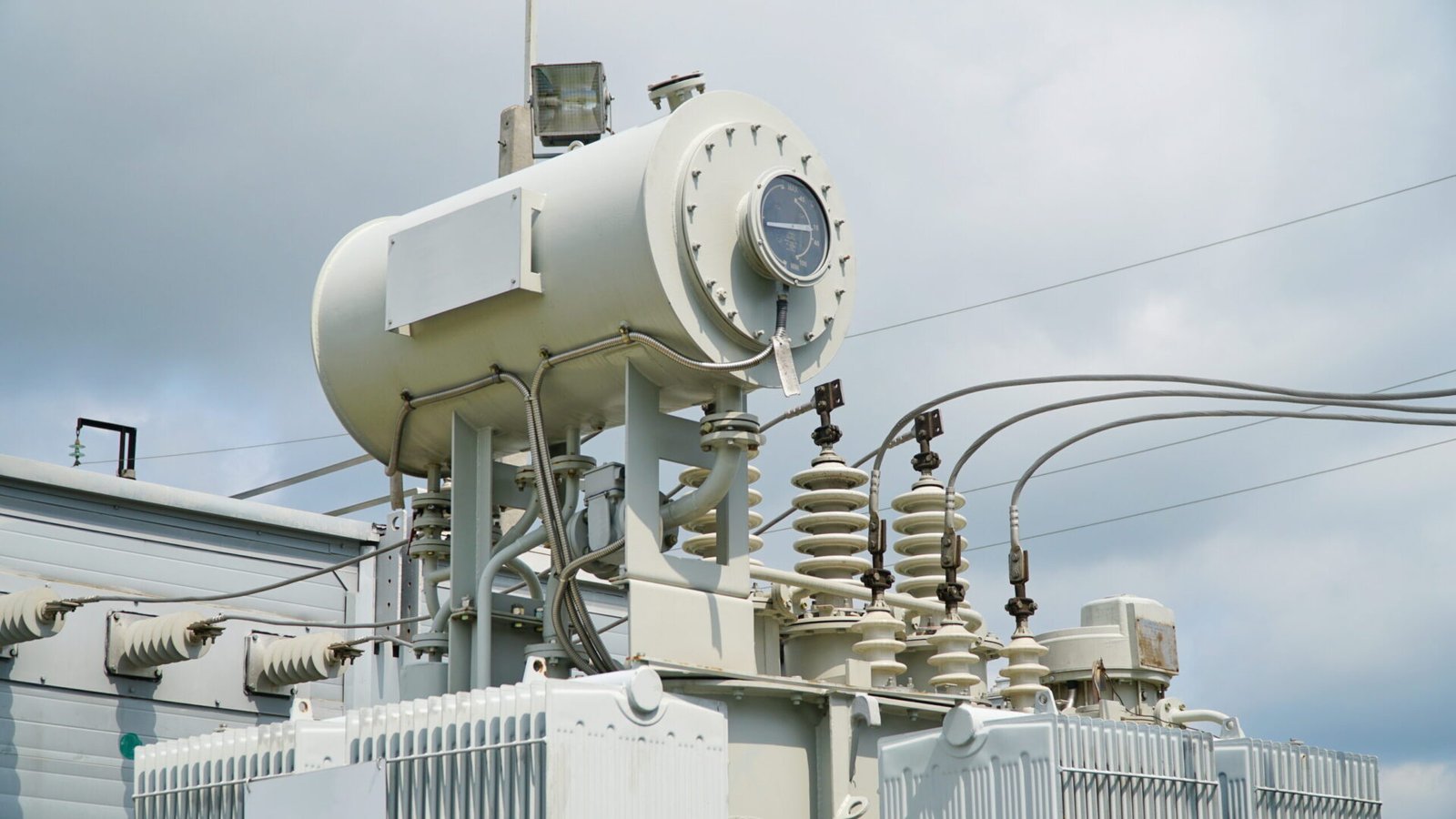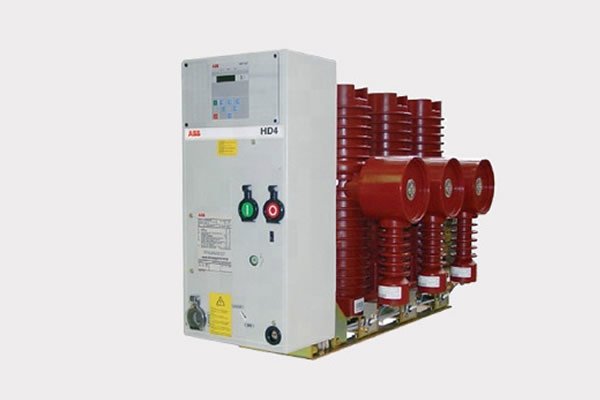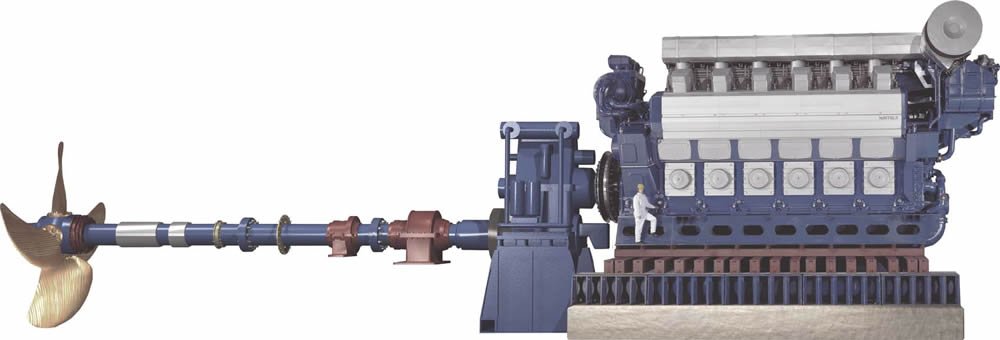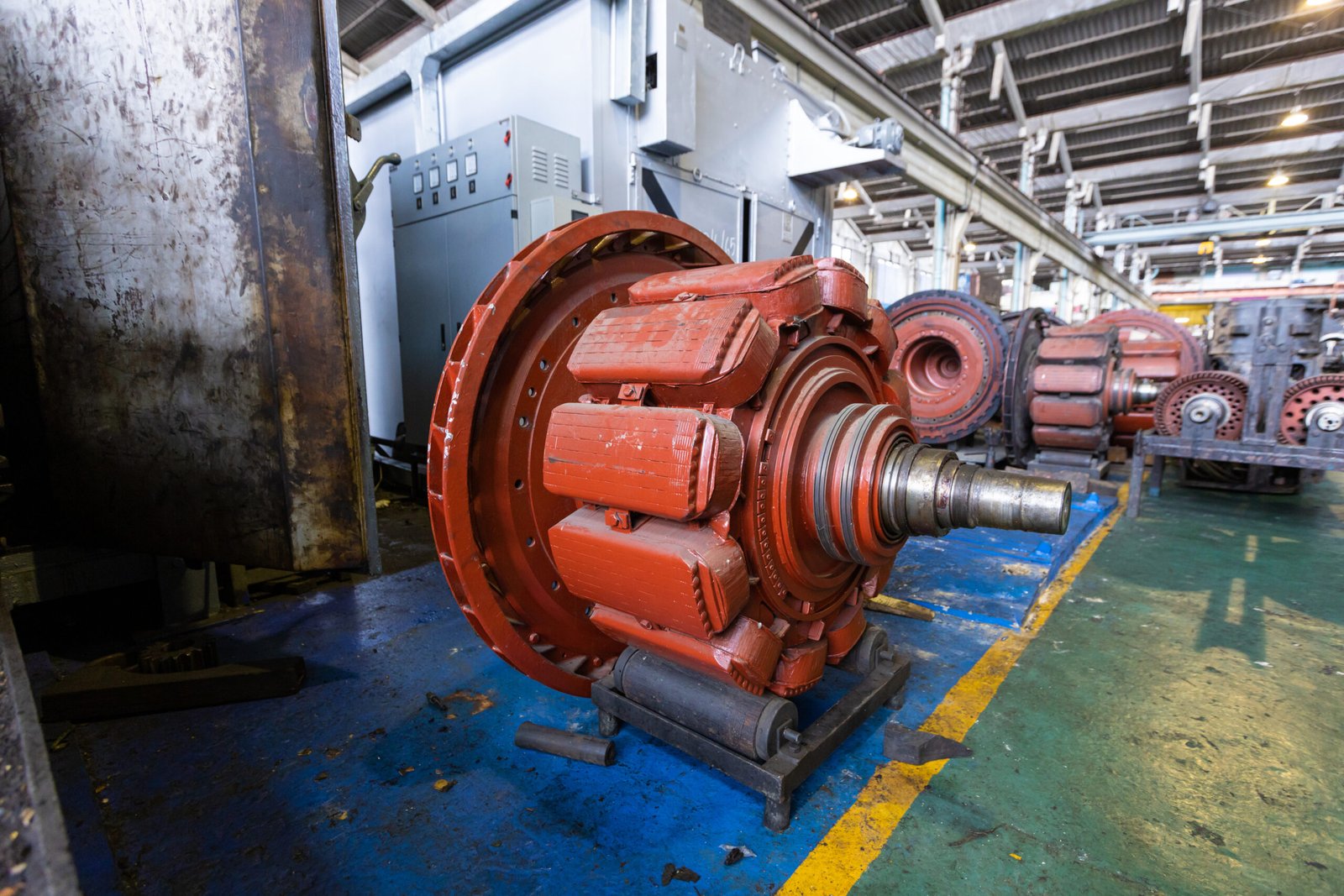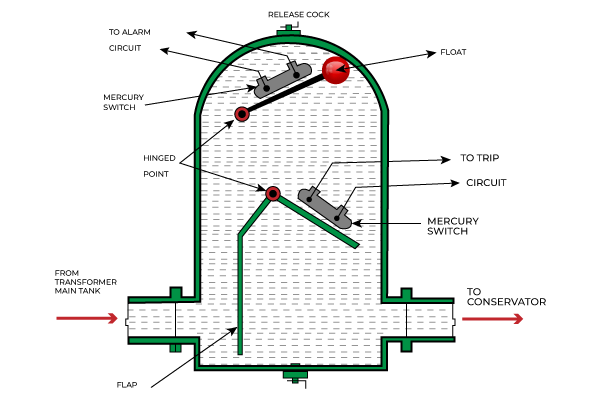Wind turbines harness wind power to generate electricity. The amount of power generated depends on factors like turbine size, wind speed, and efficiency. Power output is measured in kilowatts or megawatts, with larger turbines producing more power. Average turbines generate 2 to 7 megawatts, while the largest can reach 15 megawatts. Wind turbines are crucial for sustainable energy production.
Have you ever wondered how much power a wind turbine can generate? Wind turbines can produce electricity by harnessing the power of wind, with the amount of power generated depending on factors such as the size of the turbine, the wind speed, and the efficiency of the turbine.
The power output of a wind turbine is measured in kilowatts or megawatts, with larger turbines typically generating more power than smaller ones. The average wind turbine can produce anywhere from 2 to 7 megawatts of power, with some of the largest turbines in the world capable of generating up to 15 megawatts. By utilizing the renewable energy source of wind, wind turbines play a crucial role in the movement towards sustainable energy production.
How much power does a wind turbine make?
The power output of a wind turbine can be determined by utilizing the subsequent mathematical equation:
The formula for power output is given by the equation: Power Output = 0.5 x A x Cp x ρ x V^3.
Location:
Power output refers to the quantity of electrical power produced by the wind turbine, measured in watts.
A represents the total area covered by the rotating blades of the wind turbine, measured in square meters.
The power coefficient, denoted as Cp, quantifies the efficiency of a wind turbine. For current turbines, Cp normally ranges around 0.45.
ρ represents the density of air, measured in kilograms per cubic meter.
V represents the velocity of the wind, measured in meters per second.
When examining the power production of a wind turbine, it is important to examine the following critical points:
Rotor Swept Area:
The greater the rotor swept area of a wind turbine, the higher its capacity to catch and convert wind into electricity. This factor is crucial in determining the power output of a wind turbine.
Coefficient of Performance:
The Cp value represents the efficiency of the wind turbine in converting wind energy into electrical power. Modern wind turbines have a Cp value of around 0.45, meaning they can convert 45% of the wind energy into electricity.
In a typical scenario, a modern wind turbine with a swept area of 10,000 m^2, operating at a wind speed of 10 m/s, and air density of 1.225 kg/m^3 would generate approximately:
P = 0.5 * 1.225 * 10,000 * 10^3 * 0.45
P ≈ 275,625 watts or 275.625 kilowatts
This calculation demonstrates the significant power output that can be achieved by a single wind turbine under optimal conditions. However, it is important to note that real-world factors such as turbine efficiency, maintenance, and wind variability can impact the actual power generation.

Air Density:
The power output of a wind turbine is influenced by the density of the air. The density of air can fluctuate based on variables such as elevation and temperature.
Wind speed:
The velocity of the wind is a critical determinant of the amount of electricity generated by a wind turbine. The power produced by a wind turbine is directly proportional to the cube of the wind speed. This implies that even a slight increase in wind speed can result in a substantial increase in power production.
The power output of a wind turbine is influenced by various parameters, including the size of the rotor, the efficiency of power conversion, the density of the air, and the speed of the wind. By comprehending these parameters and utilizing the power output formula, one can estimate the potential power generation of an individual wind turbine.
As the world is tilting towards renewable sources for power generation, the increment of wind power energy is outstanding and more viable for the future.
You can follow more here: Best website designer

